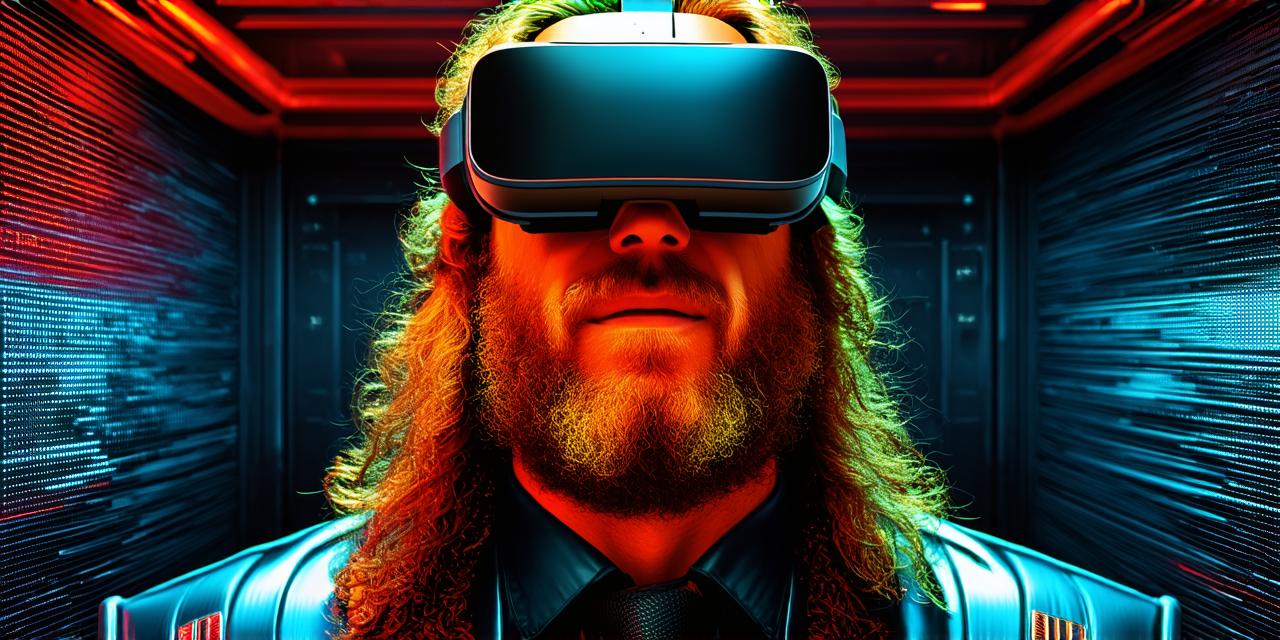
Who first invented virtual reality?
Virtual reality (VR) is a technology that creates simulated environments that can be interacted with in a seemingly real or physical way. VR has been around for several decades, and many people have contributed to its development over the years. However, some individuals have been more influential than others in shaping the future of virtual reality technology.
Table of Contents
ToggleThe Early Days of Virtual Reality
Virtual reality can be traced back to the 1960s when computer scientists started experimenting with ways to create immersive environments using technology. One of the earliest examples of virtual reality was the “Sword of Damocles,” a device created by Ivan Sutherland in 1968.
This device used a head-mounted display (HMD) and stereo displays to simulate a 3D environment, allowing users to look around and interact with virtual objects.
Another early pioneer in the field of virtual reality was Jaron Lanier, who coined the term “virtual reality” in 1984. Lanier’s work focused on creating immersive environments that could be used for education and training purposes. He is also credited with developing some of the first software for VR systems.
The Emergence of Modern Virtual Reality

In the 1990s, virtual reality technology began to advance rapidly. One of the most significant developments in this period was the creation of the “Virtual Boy” by Nintendo in 1995.
The Virtual Boy was a handheld gaming console that used stereoscopic displays to create a 3D environment for users.
In 1997, Sharp introduced the first wearable VR headset, the “XR-1.” This device used liquid crystal displays and passive optics to create a high-resolution, immersive experience. The XR-1 was later replaced by the “MR-1” in 2000, which introduced active optics to improve image quality.
The Future of Virtual Reality
Today, virtual reality technology has come a long way, and there are many applications for it in various industries, including gaming, healthcare, education, and entertainment. Some of the latest VR systems include the Oculus Rift, HTC Vive, and PlayStation VR. These devices use advanced sensors and software to track movement and provide users with a highly immersive experience.
In conclusion, virtual reality technology has come a long way since its early days. Many people have contributed to its development, but some individuals have been more influential than others in shaping the future of this exciting technology. From Ivan Sutherland’s “Sword of Damocles” to modern VR systems like the Oculus Rift, virtual reality continues to be an area of innovation and exploration.

